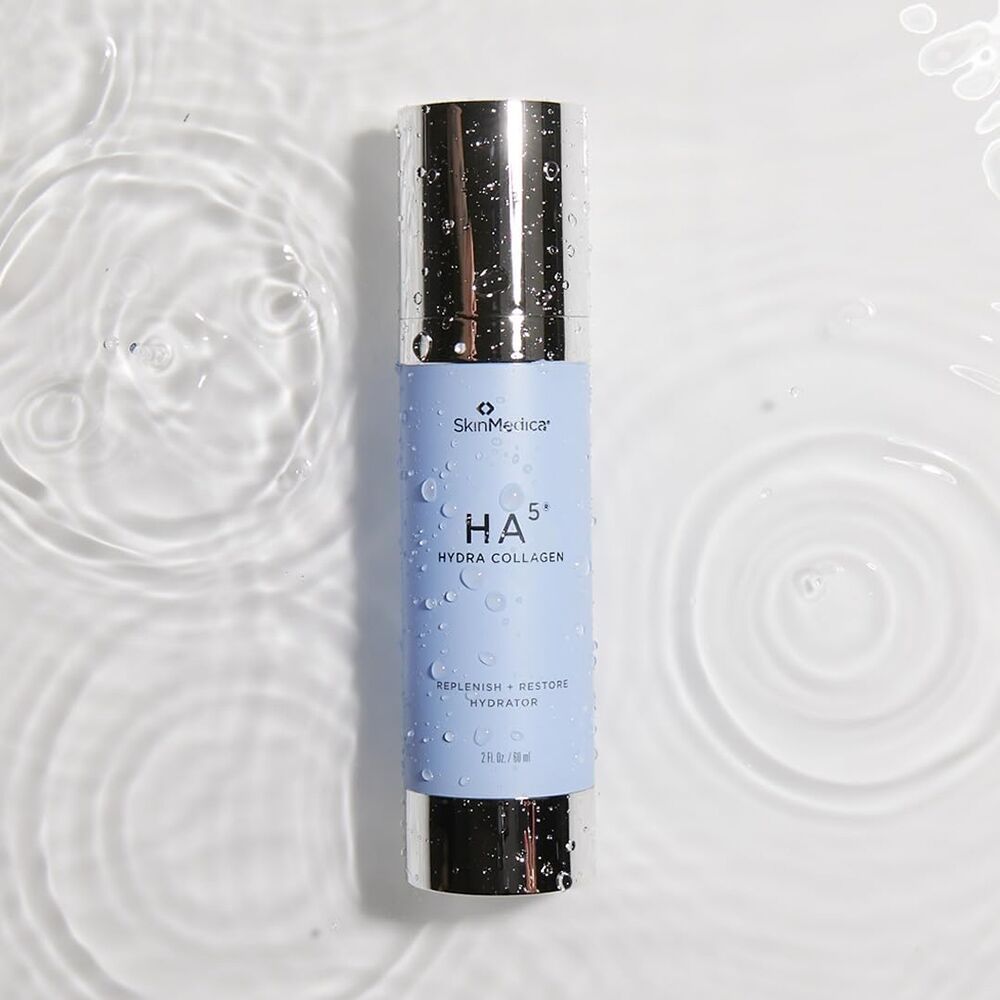It isn’t all the time straightforward to elucidate how a sure meals merchandise turns into a staple in a tradition. Within the case of Asia, rice is far more than that. Asian rice is a staple meals for half of the world inhabitants. When a meal has been consumed by folks’s ancestors each day, generally even a number of instances per day, it implies that a convention was born. Like most complete grain rice, brown jasmine rice is wealthy in vitamins, together with vitamin B1, vitamin B6, magnesium, phosphorus, selenium, and manganese. However there have been many out there choices, so why Asian rice?
Asian Rice: Little Protein and Very Little Fats
Heat and moist
Climate undoubtedly performed a task right here since crops want a moist atmosphere and heat temperatures to thrive. The situations had been truly so good that greater than 40,000 types of rice grew. Then, it was only a matter of time, every regional delicacies created recipes through which rice was the star. Of all of the completely different varieties, Jasmine and Basmati are these days probably the most consumed rice varieties in Asia. Many individuals face a conundrum when attempting to distinguish between them. In case you are one in all them, we acquired you lined! Preserve studying, you’re about to change into a rice connoisseur.
Jasmine or Basmati, that’s the query
Very long time controversy: Jasmine vs Basmati rice. If it had been a battle, who would win? Luckily, this isn’t a contest so that you don’t have to decide on! Now, confusion is well-founded: each are fragrant and long-grain varieties. The place do the variations lie then? Truly, when you realize the place to look, you’ll see that they don’t seem to be that related.
To begin with, it’s essential to see the grain look. When raw, Jasmine rice grains have rounded ends, whereas these of the Basmati selection are typically sharper. After cooking it’s a lot simpler to inform the distinction between them. The very first thing to say is aromas: Jasmine has a a lot stronger floral aroma than Basmati, which many individuals discover similar to nuts. However actually the most important distinction is within the texture since Jasmine rice grains clump collectively whereas Basmati doesn’t. It is because cooking strategies differ, with Jasmine you possibly can apply the steaming technique however Basmati must be soaked in water at the very least for half an hour earlier than cooking.
Relating to dietary worth, Jasmine selection is way increased in energy than Basmati so in case you are on a weight-reduction plan, that is a facet that it’s best to keep in mind.
Overcoming indecision
All issues thought of, in case you are questioning if these varieties are interchangeable, the reply is sure. After all, you want to keep in mind that for some recipes like risotto a softer texture is required, in that case it’s a must to resort to Jasmine rice.
Different preparations, akin to Indian type dishes, might be significantly better with Basmati since it has a drier character. On this event, we introduced you an Asian-inspired recipe that goes completely properly with both of them so that you don’t have to decide on. Take pleasure in!
A Favourite Hen and Rice Recipe
Substances (2 servings):
½ pound hen breast, in cubes.
1 tbsp sesame oil.
1 cup Jasmine or Basmati rice, raw.
2 cups of water.
3 tbsp darkish soy sauce.
1 tbsp cane sugar.
1 tsp white vinegar.
2 garlic cloves, minced.
1 tsp ginger.
1 tsp cayenne.
Salt and pepper.
Sesame seeds, non-obligatory.
Instructions:
Convey the two cups of water to a boil and cook dinner the rice you will have chosen. It can take 8-9 minutes for Jasmine and 10-12 for Basmati. Do not forget that if you’ll use Basmati, it’s best to soak it in water for half-hour earlier than beginning with the preparation. When prepared, reserve.
In a bowl, combine 2 tablespoons of soy sauce, white vinegar, cane sugar, garlic cloves, ginger and cayenne. Add hen and provides it a combination, till it’s properly coated. Prepare dinner the hen in a skillet with sesame oil over medium-heat. It can take 10-12 minutes on both sides.
Incorporate the rice and a tablespoon of darkish soy sauce. Season, give it a stir and cook dinner for 2-3 minutes. Serve with sesame seeds on high.
There gained’t in all probability be any leftovers but when there are, watch for the preparation to be at room temperature and put it into an hermetic container. When correctly saved within the fridge, it’s going to last as long as 3-4 days.
Sesame seeds usually are not your cup of tea? This dish pairs completely with some cilantro too. For those who want a spicier twist, strive some crimson pepper flakes however watch out, only a sprinkle will do.

Associated









